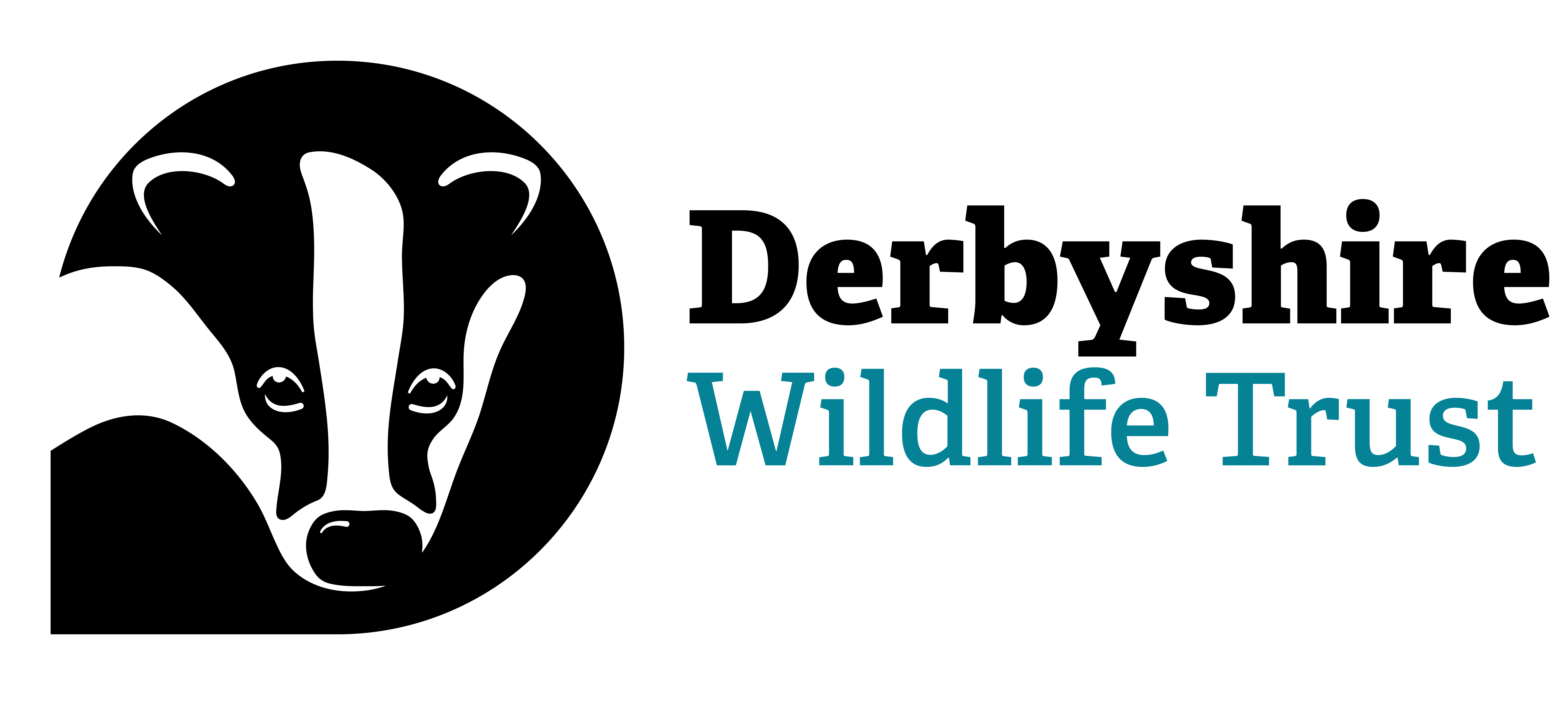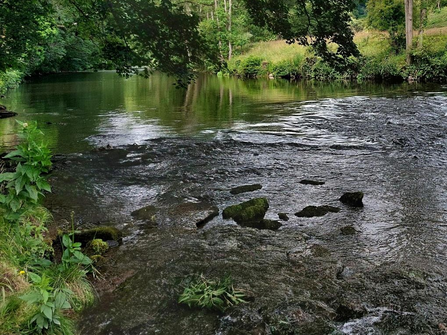Derwent Connections, an 18-month project funded by the Green Challenge Recovery Fund, was completed by the Trust earlier this year as part of its vision to create 30,000 hectares of wooded habitats (such as woodland, hedgerows, orchards and parklands) and wetland by 2050.
Its aim was to identify ways to make more space for nature, through improving woodland ecosystem connectivity; and more space for water by implementing natural flood management measures and slowing the flow across surfaces and down slopes.
Now, the important Living Derwent Forest programme development work carried out by the team behind Derwent Connections to map out these opportunities is being delivered on the ground, with many more hectares of habitat being created.
The Living Derwent Forest programme is part of the Nature-based Solutions for Climate Change at the Landscape Scale Programme led by Natural England in close partnership with the Environment Agency, Forestry Commission and RBG Kew, Wakehurst. This Shared Outcomes Funded Programme is sponsored by Defra and DESNZ.
Derbyshire Wildlife Trust was recently awarded funding to carry out this work and aims to create connected wooded habitats between the Northern and National Forests to allow movement of species in response to climate change.
It is part of a trial to find the most effective ways to capture carbon and mitigate the impacts of climate change. It will also develop an economically viable programme to support landowners to create and expand dynamic and resilient ecosystems.

